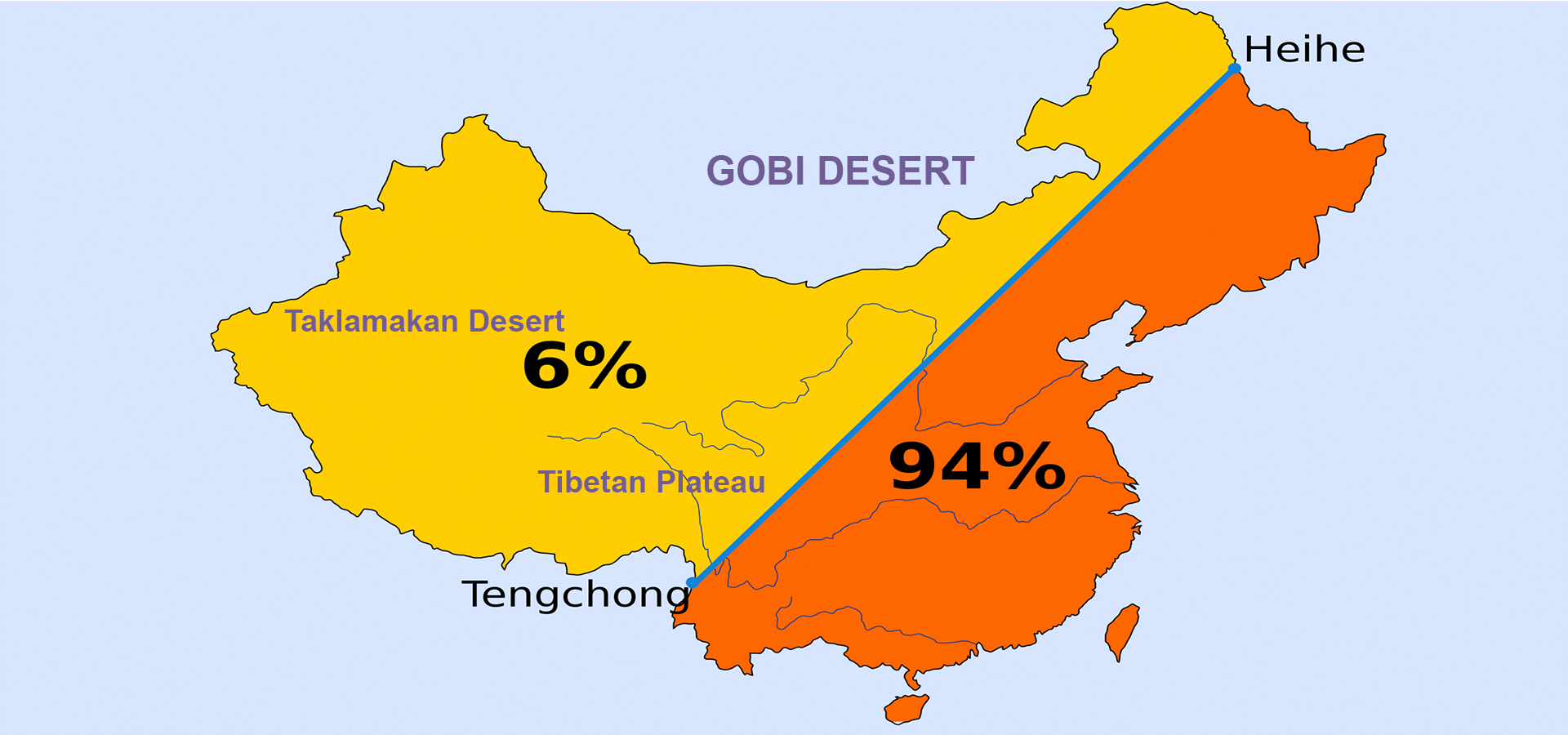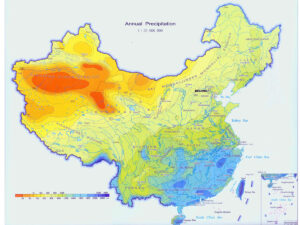
The Himalaya mountains & the distribution of the population of China
- February 5, 2022
- 0
What is the role that the Himalayan mountains play in the fact that 94% of China’s Population Live on just 43% of the Land Area?
China is home to about 18% of the world’s population. Despite the fact that China has the third biggest landmass, 94% of the country’s population lives on just 43% of the country’s total land surface
There is a diagonal line (Check cover picture) running from Heihe to Tengchong that divides the majority of the people. It’s similar to the scenario in Canada, where half of the country’s population lives in a tiny area along the Great Lakes. Climate & geography, resources, and culture all play a role in why this is the case.

Eastern China is easier to develop due to its flat plains, and water sources like the Sichuan Basin and the Yellow and Yangtze rivers feed farmland and cities. Western China, however, has the Taklamakan and Gobi Deserts, as well as the Tibetan Plateau. These regions receive almost no rainfall because of the Himalayan Mountains blocking almost any precipitation, and are at an elevation and high enough longitude to cause extreme temperature swings.
During winter season, temperatures may drop as low as -40c and then skyrocket to 45c in summer.
Despite being a challenging environment for humans, western China contains glaciers. The five rivers that originate in the region provide water to several Asian nations. It also possesses oil, and its geography has functioned as a natural barrier against invaders for centuries. Most of the residents are ethnic minorities in China.
In Lebanon, al Makmel mountain, for most of the time, acts as a natural barrier for the flowing wind, clouds & precipitation, leaving the North Bekaa region with the lowest rain precipitation of the country. (Check the 2nd video below)
Take a look at the video by RealLifeLore on Youtube to know more on the topic:
Al Makmel mountain and North Bekaa:
View this post on Instagram











